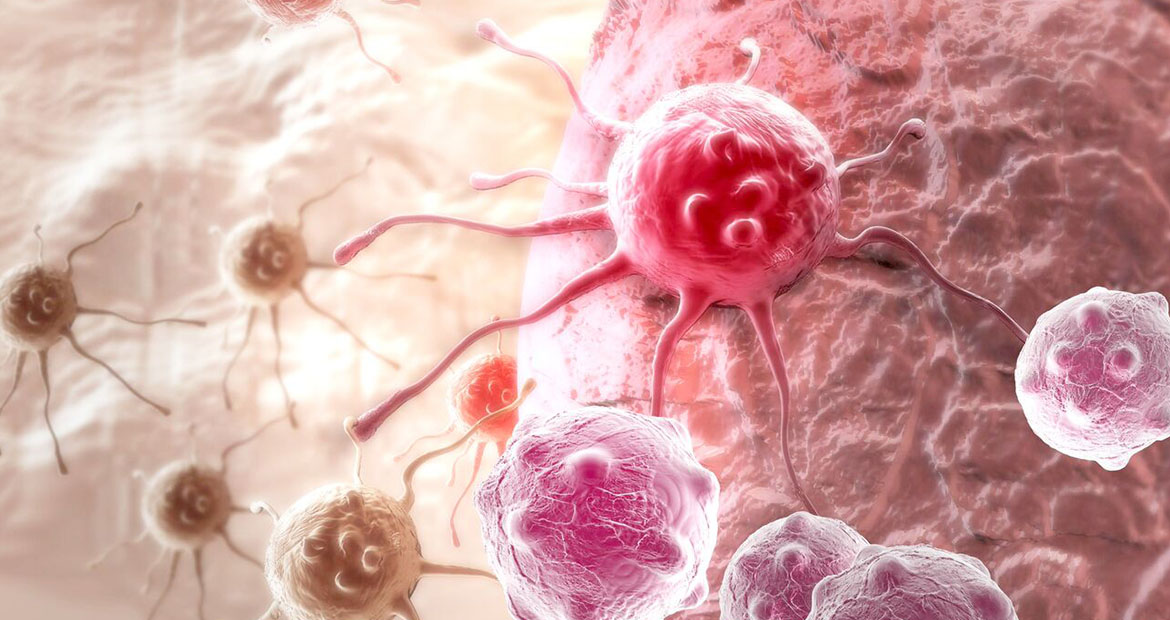Regenerative medicine
Eradicating the burden of chronic diseases with regenerative medicine
An epidemic is upon us. Chronic, non-communicable diseases like cancer, diabetes and cardiovascular disease are reaching unprecedented levels, and targeted to rise even more in the coming decades. Although diseases like Ebola and avian flu grab bigger headlines in the news, it is the NCDs – also known as silent killers – that we should fear the most.
NCDs are the number one cause of death worldwide, surpassing all other causes of deaths combined.
According to the World Health Organization, 38 million people worldwide died from non-communicable diseases (NCDs) in 2012.
Of these, more than 40 percent of the deaths were premature, occurring in people under 70 years. If the world continues on its current trajectory, the situation will only get worse. WHO has projected that NCD deaths will increase to 52 million by 2030. However, the biggest tragedy in this epidemic is not merely that people are dying from NCDs – it is the fact that the deaths and disability are largely preventable.
An unbearable burden
NCDs are robbing us of our mothers and fathers, brothers and sisters. These diseases steal years from what should be long and productive lives, causing grave suffering and hefty medical costs. Cardiovascular diseases, cancer, chronic respiratory diseases and diabetes are the biggest culprits, collectively causing 82 percent of NCD deaths. As eloquently described by the Chairman of the WIEF Foundation, Tun Musa Hitam, the curse of these diseases is that they do not mark the end of our life, “but the beginning of a life-long struggle…which will eventually rob us of our happiness, our family, our ability to work, and in the worst case, our ability to function as a normal human being.”
On a macro scale, the social and economic toll of NCDs cannot be ignored. It has been estimated that from 2011 to 2025, cumulative economic losses due to NCDs in low- and middle-income countries will stand at USD 7 trillion.
China and India alone are expected to lose some USD 558 million and USD 237 million respectively between 2007 and 2017 from their battle with NCDs.
The greatest losses are within the healthcare sector, which is burdened by costly treatments for an aging, increasingly ailing population.
Poor and vulnerable countries are paying the heaviest price for bearing the burden of NCDs, with their economic productivity severely affected. These countries will be unable to achieve sustainable development as long as they do not have a healthy population. We can no longer ignore the devastating consequences of NCDs. While people are exhorted to change their lifestyles and practise healthier habits – such as dietary changes and increased physical activity – we need a stronger weapon to fight these diseases. We need a revolutionary approach.
The future is here
NCDs are said to be chronic diseases because they are lifelong medical conditions – while they can be treated, there is little hope for a cure. Most of the therapies for these diseases can only delay the progression of the disease and the development of complications, or manage symptoms.
Some therapies, such as for certain cancers, are only palliative. Very few can claim to be able to significantly change the course of a disease. We need a new treatment paradigm for NCDs – one that addresses the underlying causes and alters the fundamental mechanism of the diseases.
Imagine if we could fully heal or replace damaged tissues and organs using the body’s own immune system. Imagine if we could restore the function of previously irrepairable cells. This is not the stuff of science fiction – it is here and now, and it is known as regenerative medicine. Regenerative medicine is a multi-disciplinary approach that translates basic knowledge in biology, chemistry and physics into materials, devices, systems and a variety of therapeutic strategies which augment, repair, replace or regenerate organs and tissues.
Regenerative medicine therapies include stem cell treatments and organ transplants. Some of these therapies are already commercially and clinically successful. For example, in 2012,
an estimated 160,000 patients were treated with regenerative medicine products, while there are currently 2,500 ongoing regenerative medicine clinical trials involving tens of thousands of patients for a myriad of clinical conditions.
People living with cancer and blood-based disorders now have greater reason than ever to hope – over 60,000 stem cell transplants are annually performed worldwide for the treatment of these conditions. Cardiovascular disease, which is responsible for some 17.5 million deaths or 46 percent of total deaths worldwide, is another condition that could be largely alleviated through regenerative medicine.
The potential of regenerative medicine does not stop there. There is hope that many other previously incurable diseases can now be cured, and that premature deaths can be prevented. Saving lives and improving the welfare of society – this is what human progress is all about.
In Malaysia, non-communicable diseases (NCDs) are a menace, causing disability, suffering and far too many deaths. In 2014, chronic diseases accounted for 73 percent of total deaths. The topic of regenerative medicine and its potential to reverse the impact of NCDs was explored at the 6th WIEF-UiTM Global Discourse on Regenerative Medicine.
The Global Discourse focused on the importance and potential of regenerative medicine to the future of healthcare industry, success factors to stakeholders’ participation in the industry and opportunities in these transformative technologies. The discussions were aimed at creating an influential and unified community, to pave the way for a healthier future with the new life-saving therapies promised by regenerative medicine. Themed ‘Regenerative Medicine: The New Paradigm for Healthcare’, the Global Discourse featured four expert speakers.
The first speaker, Prof. Dr Yoshiki Sawa from the Department of Cardiovascular Surgery in Osaka University Graduate School of Medicine, presented his work in developing stem cell sheets therapy for patients with cardiomyopathy, or heart failure. He spoke on the potential of regenerative medicine to provide new strategies for these patients, who had previously been relying on heart transplants as their only hope for a cure.
Prof. Christopher O’Neill, who heads the Centre for Developmental and Regenerative Medicine in Kolling Institute of Medical Research, University of Sydney, gave an explanation of the role played by stem cells in regenerative medicine, as well as the progress of current clinical trials in the use of embryonic stem cells.
Prof. Dr Salim Aziz, a professor of cardiovascular surgery from George Washington University, Washington DC, also provided an overview of the current treatment paradigm for heart failure, as well as exciting new developments using regenerative medicine therapies.
Finally, Prof. Dr Nafeeza Mohd Ismail, Dean of the Faculty of Medicine, MARA University of Technology (UiTM), shared what Malaysia has to offer in its fledgling exploration of regenerative medicine, namely in the area of stem cell therapy for osteoarthritis.
Several cardiovascular experts, including Prof Dr Yoshiki Sawa and Tan Sri Dato’ Seri Dr Robaayah Zambahari from the National Heart Institute, Malaysia, will look at the topic of ‘Regenerative Medicine: Therapy for Troubled Hearts’. In his speech, the Chairman of the WIEF Foundation, Tun Musa Hitam, expressed his hope that the new ideas generated at the discourse would be helpful in furthering education for action and in creating the right climate for such ideas to continue to bloom in the years ahead.
The discussions on the developments in regenerative medicine continue at the WIEF Foundation.





